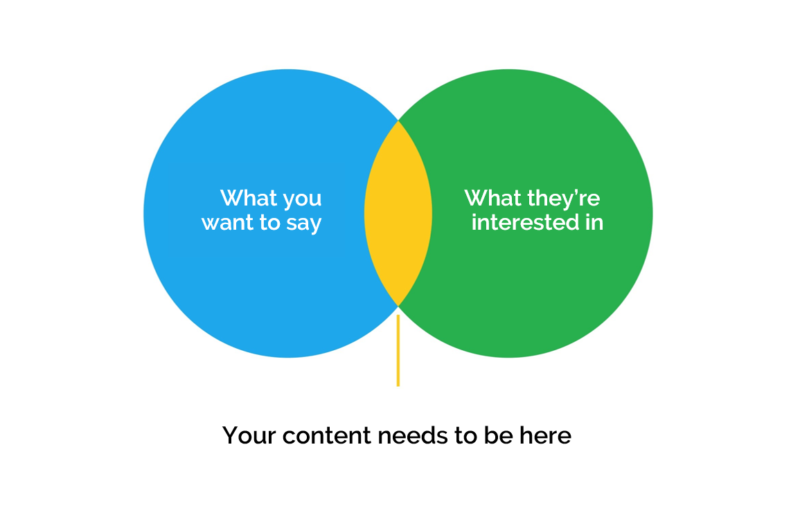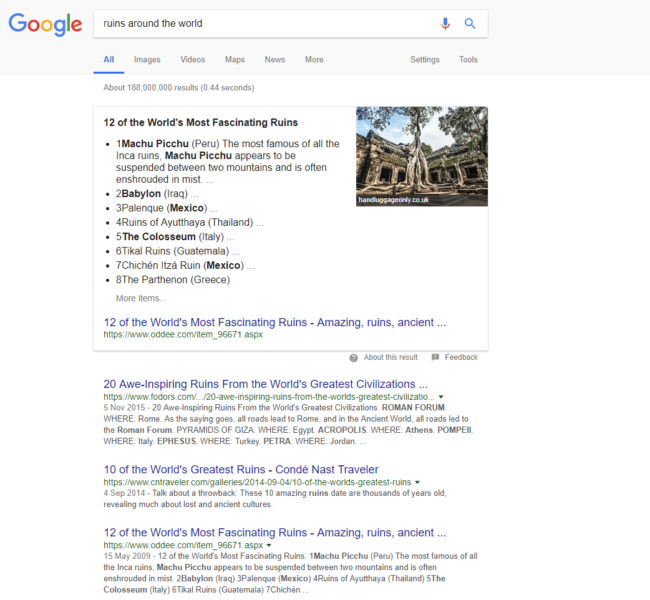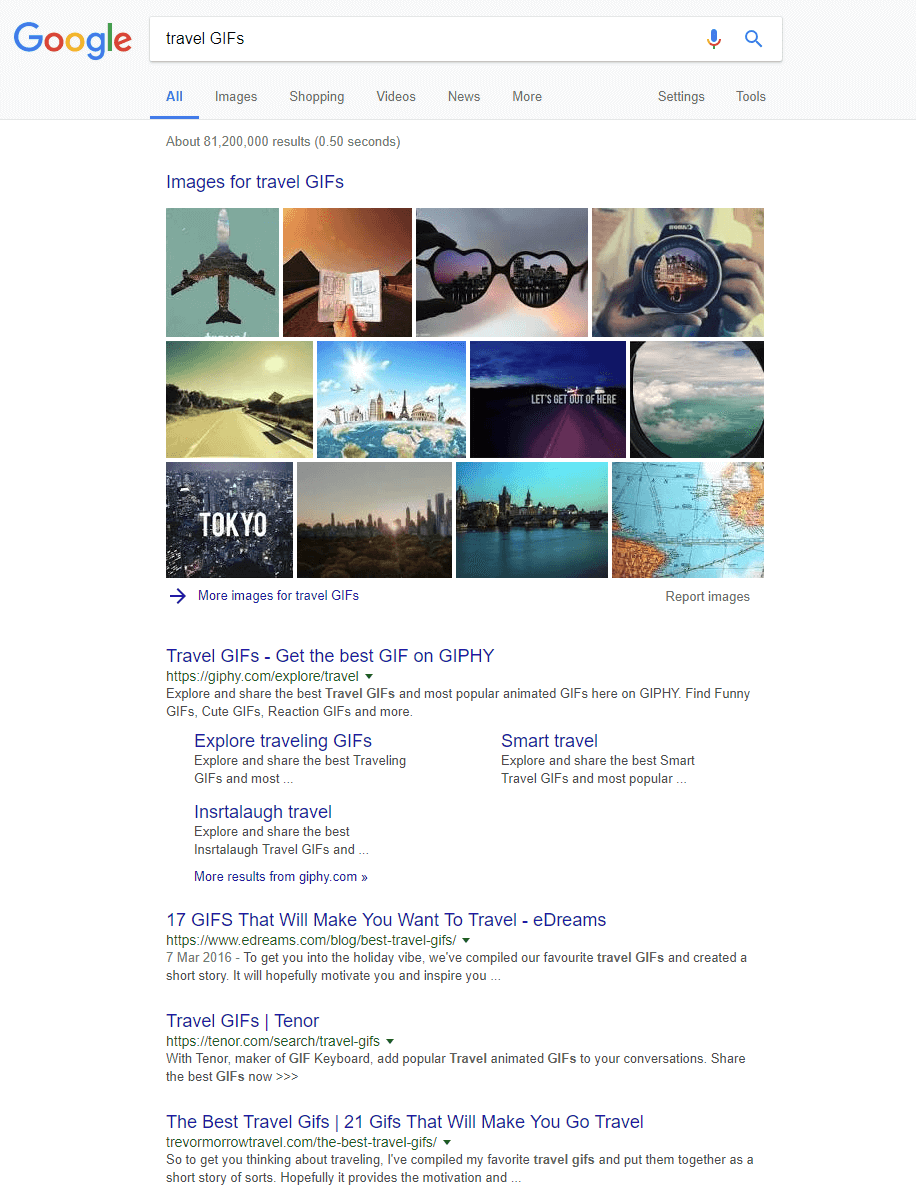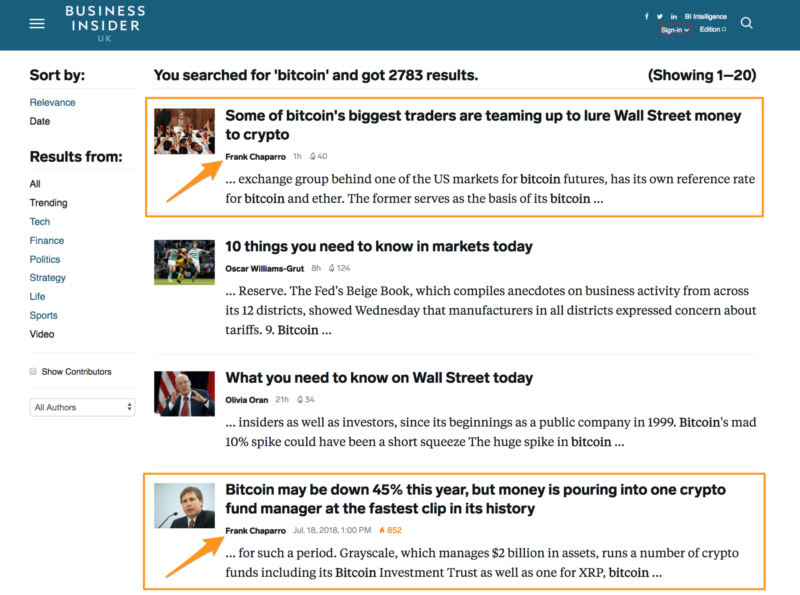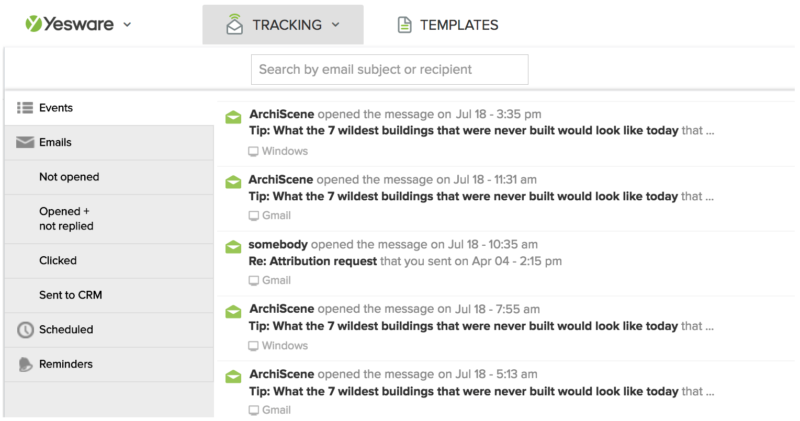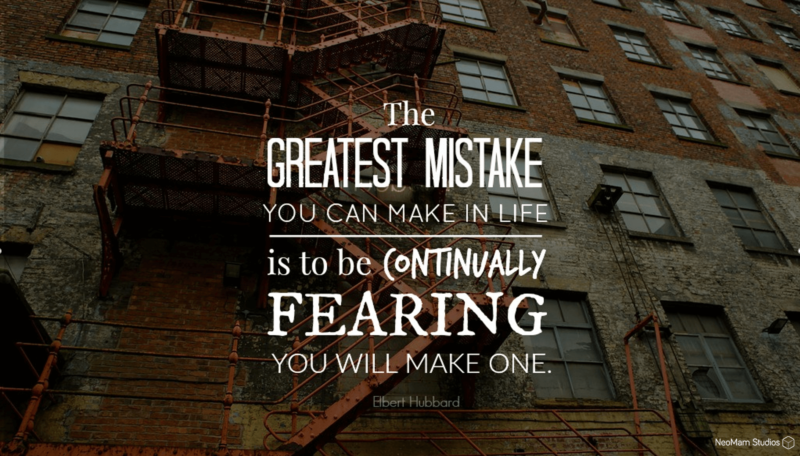Rookie link-building and content outreach mistakes you won’t make twice
Want to shorten your link-building learning curve? Contributor Gisele Navarro lists ways to avoid common mistakes when using email and content to attract links.

Link-building mistakes come with the territory: The longer you spend pitching webmasters, the more war stories and link failures you’ll have under your belt.
I’ve done many, many linking campaigns and have made my share of mistakes. Based on my experience, I am not sure which campaign was a bigger epic fail:
- The campaign where all the email I sent went to the trash folder because I used a term associated with spam in the subject line.
- The fact I launched a huge content campaign the same day Donald Trump was inaugurated.
These things happen. Mistakes are a key ingredient of learning, particularly when it comes to link outreach. You will probably make a lot of mistakes and get very frustrated before you learn how to consistently build links with content. It’s all part of the learning process.
What if you could skip over the costly learning curve and jump directly into all the link-building lessons without committing all the mistakes? Would you like to know which mistakes can be easily avoided?
Let’s go through a series of rookie mistakes most people make when getting started with content promotion as a tactic for building links.
Mistake 1: Only pitching your content to your preferred publishing vertical or industry
When producing content with the goal of attracting links, there are two issues you want to stay away from:
- The advertising hounds. Avoid only targeting your existing customers or your main target persona. As soon as you begin your outreach campaign, you will learn that no one really wants to cover your content for the sake of the content. Those who show interest generally ask for money in exchange for sharing or hosting your content because they see it as advertising. Work outside your existing customer base into ancillary industries and cast a wider net.
- Not catering to your audience. Creating content that has no connection to your company or audience will probably not produce a lot of links or traffic. Why would a company selling carpets host a data visualization about the career paths of billionaires or an article on baby strollers? It’s conceivable billionaires and babies have a need for carpet. but it’s highly unlikely there’s an audience that’s interested in all three items at one time. The audiences don’t align, which means the article will get little traffic and fewer links.
Your content needs to meet in the middle — the spot where what you want to say and the people who are interested in it meet.
Experienced teams producing content to use in link-building campaigns know this; they create shareable pieces that are not 100 percent about the company’s product but align to the business in the middle.
This is where our mistake comes in: We focus all our energy pitching to the publications within the sector most relevant to the company.
If you pitch content to travel media sites, travel blogs and travel writers, what do all three of those things have in common?
The word “travel!” If the sites you approach do not respond to your content outreach, or if they are asking for money in exchange for linking to your content, then you’re in a tough spot because you contacted all the relevant and quality sites in your industry and now have nowhere to turn.
I would avoid putting all your eggs in one basket and only contacting travel sites. Your content may be of interest to publications across other sectors, such as rental car companies or luggage sites. Mix it up!
Lesson learned: How to define a promotion strategy
You’d be surprised at how far content can travel across different verticals since topics have multiple touch points within several niches. When it comes to prospecting for sites to host your content that will reach millions of users online, expanding your main target audience is key to success.
We need to go to a more expansive strategy like this one:
Here are three steps to expand your strategies by finding the people and websites who will care about your content:
1. Ask yourself the following three questions about the content you’re about to promote:
2. Search for the exact title of your content. Check Bing and Google for any other types of sites that have shared similar content. There may be sites online you’ve never heard of or are in ancillary niches you are not familiar with.
3. Search for a top-level niche where your content fits. If your content outreach program includes images, take a look at the popular repositories and see if they are hosting similar images. If they are, consider adding your images and links to those platforms.
Mistake 2: Not having a plan B
When prospecting for potential link opportunities, the most important and time-consuming step involves finding the best person to talk to. Sometimes finding the right person is easy, other times it’s not.
Finding the right person to reach out to on a big media site with multiple writers, editors and verticals can be challenging. Which person is the right person to pitch to? We usually don’t know, and as a result, we become frustrated and give up with little effort.
Equally frustrating is pitching content to a reporter and never hearing from them again. This happens quite a bit, and instead of giving up, I have learned to regroup and reach out a different way.
Let’s say you are promoting an interactive piece about the rise and fall of cryptocurrencies, and you focus solely on one journalist who covers bitcoin news on a regular basis:
If that one journalist doesn’t respond to you, should you give up? No! Look for other people on the site writing about bitcoin or a similar subject and politely try again.
Lesson learned: How to identify multiple contacts
Going back to our previous example, if you’re working with an interactive chart that tracks and explains cryptocurrency market cap changes, and you’re looking for the “right” person to approach, you have a few options:
- Find someone who covers the core topic of your content (cryptocurrency news).
- Find someone who covers the format more often than anyone else (charts).
- Find someone who covers the wider view on the topic (changes in market cap).
Mistake 3: Waiting to evaluate success
This is one of the most common mistakes of all: You launch your content promotion campaign, send out the initial emails and follow-ups, and then wait for the results to come in.
If the results are good, it’s great news. If the results are bad, you shrug and say, “Oh, well,” and move on. When using content in a link-building campaign, it’s common to hear marketers talk about luck and timing and being resigned to the fact not every piece of content will be a link magnet.
There are two problems with this mindset:
- You are not in control of the outcome of your campaign.
- You can never really know why one piece of content fails, while another one succeeds.
Link-building campaigns using content as a “hook” don’t have to be hit-or-miss but should be looked at with critical eyes. You should also continually change the content if you don’t get the results you want.
Think about it this way: Content promotion is a lot like cooking; you don’t just drop all the ingredients into a pot, stir a few times and leave the dish to cook on its own.
You get involved with the process by tasting the food and changing the flavors if they are not to your liking. If the content didn’t work the first time, give it a hard second look, check your analytics, make the changes and try again.
Lesson learned: How to use real-time data to make adjustments
Using email tracking tools, you will be able to track key email metrics:
- The number of opens from unresponsive targets.
- The ratio between email opens and replies.
The following points will help you make decisions while the campaigns are up and running. You just need to pay attention to what the numbers are telling you.
1. Emails are being opened but not acted on. If you notice targets are repeatedly opening your email but are not getting back to you, that is a red flag. Perhaps the writer is discussing your pitch with her editor, and the editor is asking questions about your research.
Perhaps their editorial calendar is full for the month, so they are discussing whether it’d be worth hanging onto the story for a few more weeks.
The reality is that you won’t know unless they tell you, so the best thing you can do is to send your follow-up email sooner than you normally would. Offer to discuss your content, and show a willingness to make changes or provide more information.
2. What’s not working. If you’ve sent 50 emails, and none were opened, you probably have a subject line problem. Change the subject line and try again.
If your emails are being opened, but you’re not being contacted, you could be facing one of the following scenarios:
- You might be targeting the right site for your content but reaching the wrong contact. Is there any other writer or editor at the same site who could be a better match?
- You are targeting the right site, aiming at the right contact, but your pitch needs work. It may be too wordy, or you may not be offering context on why they should care about your pitch.
Writing good pitches takes patience and practice. It also helps to master the art of grease-slide copy if you want recipients to read your email through to the end.
3. Instead of sending an email follow-up, try a completely new pitch. If the response rate to your first round of emails was low, skip the follow-up emails and send a whole new pitch. Be sure to include answers to all the basic questions your prospect may have and provide details on who you are and why you are reaching out.
Embrace mistakes
Let’s recap
Here’s a quick recap of the important points:
- Don’t be afraid of making mistakes.
- Build content promotion strategies in multiple publishing verticals.
- Try to identify more than one potential contact per site and start tracking your emails.
- Don’t listen to people who are quick to blame the content for lack of links. Tweak your content and try again.
- Review and discuss every content promotion campaign with your team, whether it achieved good or bad results.
Try to understand what sticks, what your audience responds to and what publishers expect from your content. Soon enough, you will be building links to every piece of content you produce.
Now, go get some links!
Contributing authors are invited to create content for Search Engine Land and are chosen for their expertise and contribution to the search community. Our contributors work under the oversight of the editorial staff and contributions are checked for quality and relevance to our readers. The opinions they express are their own.
Related stories
New on Search Engine Land
